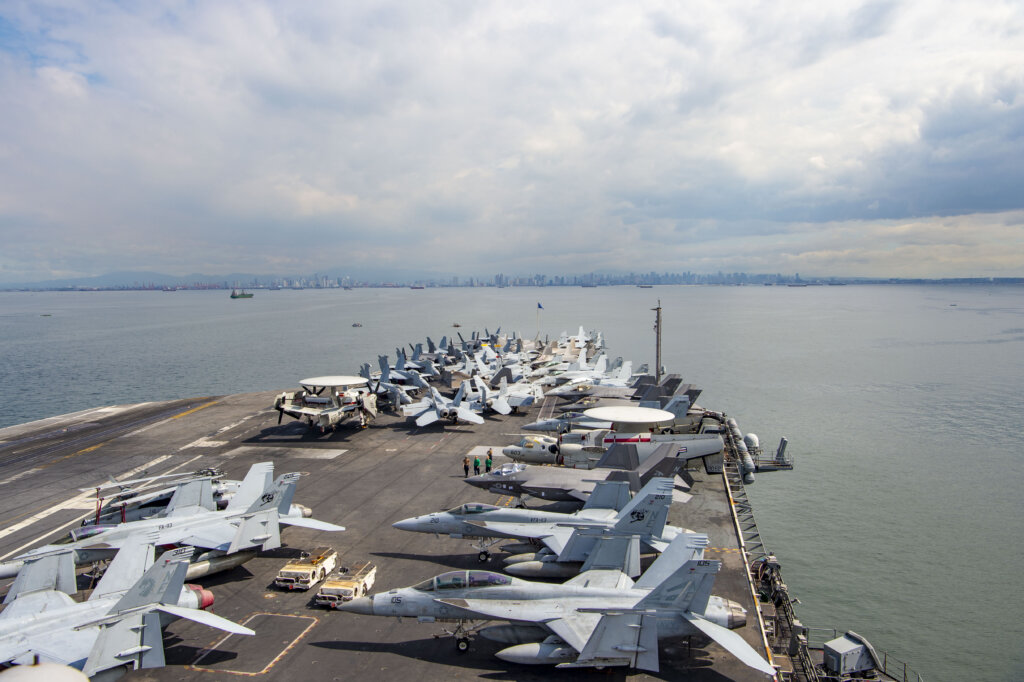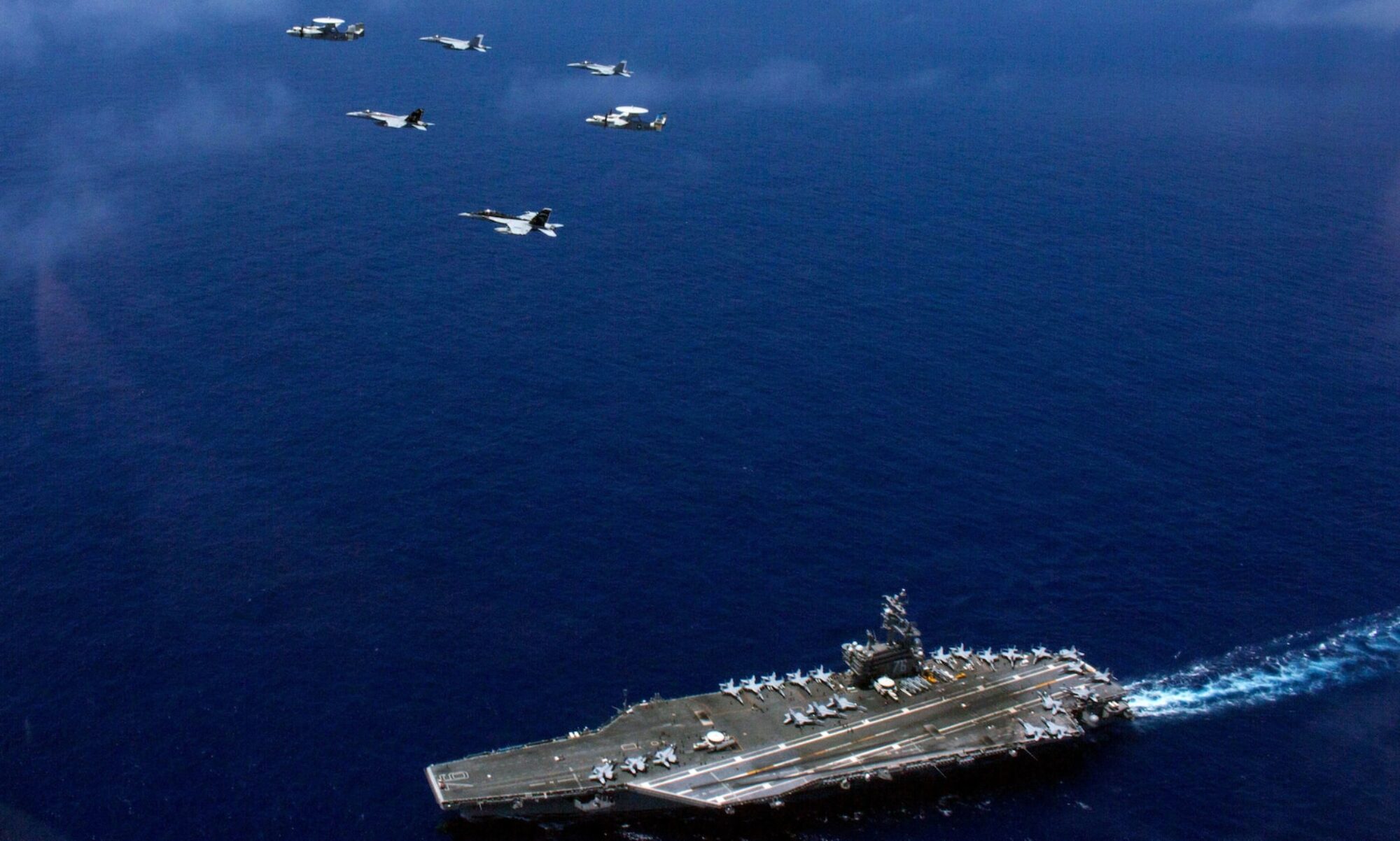
To Members and Friends,
In these rapidly evolving times, the strategic landscape of the South China Sea is more critical than ever to our national security and maritime interests. Recent events in this region, coupled with the burgeoning naval capabilities of our potential adversaries, underline the urgency of our mission at “Americans for a Stronger Navy.”
Rising Tensions in the South China Sea
The South China Sea, a hub of global maritime traffic and rich in resources, has become a focal point for international power dynamics. The U.S. and China have conducted significant military exercises in these waters, signaling the area’s strategic importance. This tense atmosphere was further amplified by a recent collision involving Philippine and Chinese vessels near a disputed reef, highlighting the area’s volatility.
China’s Escalating Naval Dominance
As reported in the Jan. 2 issue of the Wall Street Journal by Seth G. Jones of CSIS, the Chinese navy’s expansion is a cause for concern. Not limited to the sheer number of ships, China’s ominous growth in shipbuilding capacity is particularly alarming. With a staggering capacity of 23 million tons, one Chinese shipyard on Changxing Island alone surpasses the combined capacity of all U.S. shipyards. This disparity in shipbuilding capabilities is a stark reminder of the challenges we face in maintaining our naval strength and readiness.
Global Defense Spending: A Comparative Analysis
In the shadow of these developments, nations like Japan have significantly increased their defense budgets in response to Chinese expansionism.
Japan’s defense allocation now stands at USD 47.7 billion, a 16.5% increase. However, when compared to China’s defense expenditure of USD 292 billion in 2022 (as reported by SIPRI), the imbalance becomes evident.
The United States, with a defense budget of $877 billion, continues to lead in absolute terms, but when viewed as a percentage of GDP, our current spending of 3% is notably lower than historical highs during previous administrations.
Why Should America Care
The implications of these developments extend far beyond the territorial disputes of the South China Sea. They touch upon fundamental aspects of international law, freedom of navigation, and the global balance of power. The United States, with its longstanding commitment to these principles, must view the situation in the South China Sea as a barometer for broader geopolitical shifts.
Conclusion
In light of Seth G. Jones’ report and the ongoing developments in the South China Sea, it’s evident that our mission is more pertinent than ever. The gap in shipbuilding capacity, coupled with the varying levels of defense expenditure globally, highlights the need for a robust and forward-looking U.S. naval strategy. We must advocate for the resources and policies necessary to ensure that our Navy remains capable of meeting these emerging challenges.
As we face these uncertain times, your support and engagement with “Americans for a Stronger Navy” are invaluable. Together, we stand vigilant, advocating for a Navy that is not only strong today but is prepared for the challenges of tomorrow.
For Freedom and Security,
Americans for a Stronger Navy

